This is in Kovir.
Migrated to Ashtear@lemmy.zip.
🔥💨💧💎 🌒🌕🌘 ✨
Suggested Lemmy communities:
!patientgamers@sh.itjust.works
Discord for Japanese-style role-playing game (JRPG) discussion: https://discord.gg/vHXCjzf2ex
Come say hello!
- 41 Posts
- 379 Comments

 51·1 month ago
51·1 month agoIf I’m being honest, before Hades, I wasn’t sure how much of a future Supergiant had in game dev. They clearly have talent for making beautiful looking worlds with great soundtracks and writing, but their gameplay was not exceptional for the genres they dabbled in. They didn’t try to iterate either, flitting from genre to genre.
Hades was the result of them taking what they learned from Bastion and Pyre and applying it to a trend. They really nailed the gameplay this time. I think Hades 2 is even better, and I suspect it will be again be a GOTY contender when it comes out.
That said, I think they could very well end up branching out again from roguelites after this.

 2·1 month ago
2·1 month agoHas happened multiple times in Australia.
Very similar to that for films, the rating board process mostly regulates games in development. In the US, for example, the AO rating will prevent your game from being sold at mass market storefronts. When your game has borderline content, it’s a back-and-forth process that’s resolved before release.

 31·1 month ago
31·1 month agoGame content rating boards work (ESRB, PEGI, CERO, etc.). The difference here is there’s no pressure from the digital storefronts. They don’t have the same taboos on gambling that brick-and-mortar stores had on sex and violence in video games back when they started up.

 6·1 month ago
6·1 month agoYuri’s original post has since been deleted. Erin Fitzgerald, the (second) voice of Chie, also said on Bluesky that she won’t be returning, along with Amanda Winn Lee, the voice of Yukiko, elsewhere:

I don’t know if Sega or Atlus did something to piss everyone off, if it’s some bizarre marketing stunt, or if the others just decided to pile on after Yuri went scorched earth on this. The whole thing’s pretty weird.

 3·1 month ago
3·1 month agoAre you saying that Hashino himself was responsible for the problematic content, or that he would have stood in the way of revising it?

 7·1 month ago
7·1 month agoSounds like the solo experience isn’t great. Unless you’re okay with getting matched with randos, I guess you’d better bring exactly three players?
I don’t have it as a masterpiece myself, but Night in the Woods is an excellent exploration of the intersection of the anxieties of young and grown adults in a town setting. The script is tightly written.

 3·1 month ago
3·1 month agoI think Astro Bot pokes a hole in that, unless you’re talking about a specific award?

 31·1 month ago
31·1 month agoFeels like the GOTY frontrunner at this point, as it seems to have edged out KCD2 in the press. Amazing achievement for a fresh studio.
Death Stranding 2 and Hades 2 (if it comes out this year) are other possibilities.
It’s a recent one, but I haven’t been able to get Gestral Summer Party out of my head since I first heard it in Expedition 33 last month.
Good scores. I enjoyed the first one but it did feel a little thin. Excited to dive into this at some point!

 16·2 months ago
16·2 months agoWe don’t own our games anymore, so I need to know my library’s going to stick around if I’m going to invest in it. Last I heard, EGS hasn’t made a profit, so that doesn’t exactly inspire confidence in me that it’ll still be around in five years.
I think competition is the answer to a lot of problems consumers face, but unfortunately the “are you going to be there tomorrow?” problem is going to be a major disadvantage for any storefront that competes with Steam. It’s why my most preferred shop is GOG, because I still have all my games with them if they close up.

 111·2 months ago
111·2 months agoThey overhauled the skill system in 2.0, and the major bugs like police spawning were fixed a while back. There might be some stuff from early marketing that still never made it in. I know the rail transit system was one of the common talking points, and it’s in there now, but I wouldn’t call it an essential part of the game or anything.
That said, I first played it after 1.3 and I can’t say I ever felt like it was outright incomplete. It’s probably still the most technically impressive game I’ve played and it’s a fun sandbox. Solid writing and voice acting, too.
I lived out this way once upon a time and miss it dearly. I never did get as far north as Tillamook Bay, but I have great memories of Lincoln City and Newport. Imagine my reaction when this game was announced, hah.
The photo in Chloe’s house of Arcadia Bay is one of Garibaldi, just mirrored. For plausible deniability, of course!

 28·2 months ago
28·2 months agoFreelancer would have been fresher in memory 15 years ago, and that’s one that had seamless intra-system travel. Gameplay in Freelancer even flowed better than NMS for getting from orbit to orbit and having encounters or discoveries along the way. It just didn’t have the on-foot gameplay. I had the same problem with loading screens in Everspace 2. Killed the flow. Whoever tries to do this again is going to have to make sure transitions are minimal.
And that’s what I don’t get about Starfield, conceptually. With this project scope, you’re not competing well with NMS for ship-to-foot or orbit-to-surface transition, you’re not doing better than Freelancer–a 20+ year old game–for all the in-space stuff, and the procgen hamstrings you with all the “Bethesda magic” their worlds are known for. It’s like someone said “let’s do Daggerfall in space” and went rigid top-down design with it, retrofitting whatever they could along the way to make a functional game around the procgen.

 3·2 months ago
3·2 months agoYeah, goes back a ways! I feel like it has a knack for resurfacing after I’ve completely forgotten about it. I like what I’m seeing here with the gameplay.

 7·2 months ago
7·2 months agoIt’s fairly one-note at first, but you will get options later that will allow you to soak some hits. Make sure you’re keeping your pictos updated.
That said, yeah, in a game with a fully developed dodge and parry system, you’re going to be expected to at least dodge almost everything when playing on high difficulty.

 28·2 months ago
28·2 months agoLT: I knew pretty early the scope of the universe, the level, and the script, so I made my dream soundtrack. For example, I would take a level and would want to write three environment tracks, two battle themes, and one boss theme. I do that for the whole game and — one by one — I’d write the track for five years until the end.
This is what’s so nuts to me about this soundtrack. It’s not only quality; it’s quantity too. Those who have played the JRPGs that inspired this game know: for the entire game, you get a few regular battle themes, a few boss themes, and a final boss theme. Some of the consensus top soundtracks in the genre aren’t this big. Yet this single composer did multiples for each level. Only the biggest projects in the genre get this kind of treatment.
I’m glad Broche gave Testard so much run for this game, and gave him the tools to make it sound great, too.







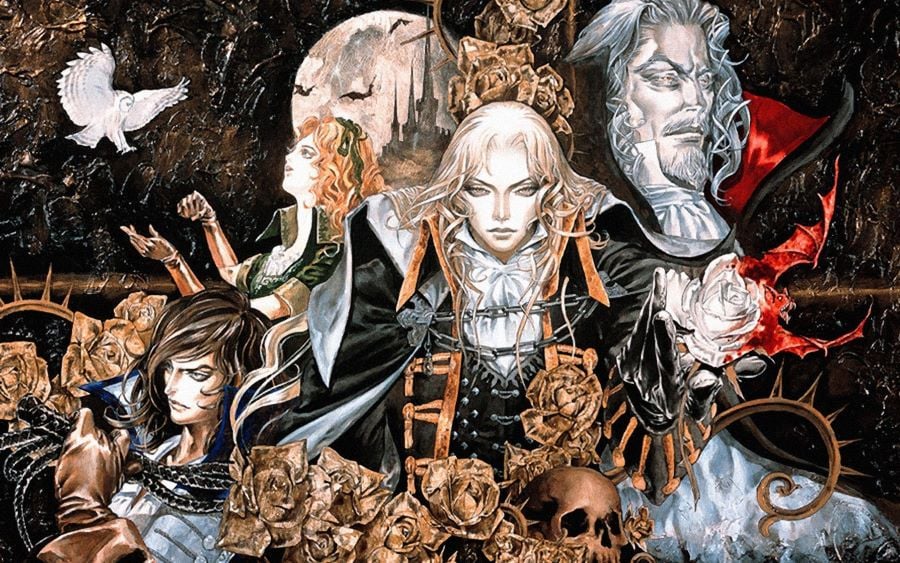
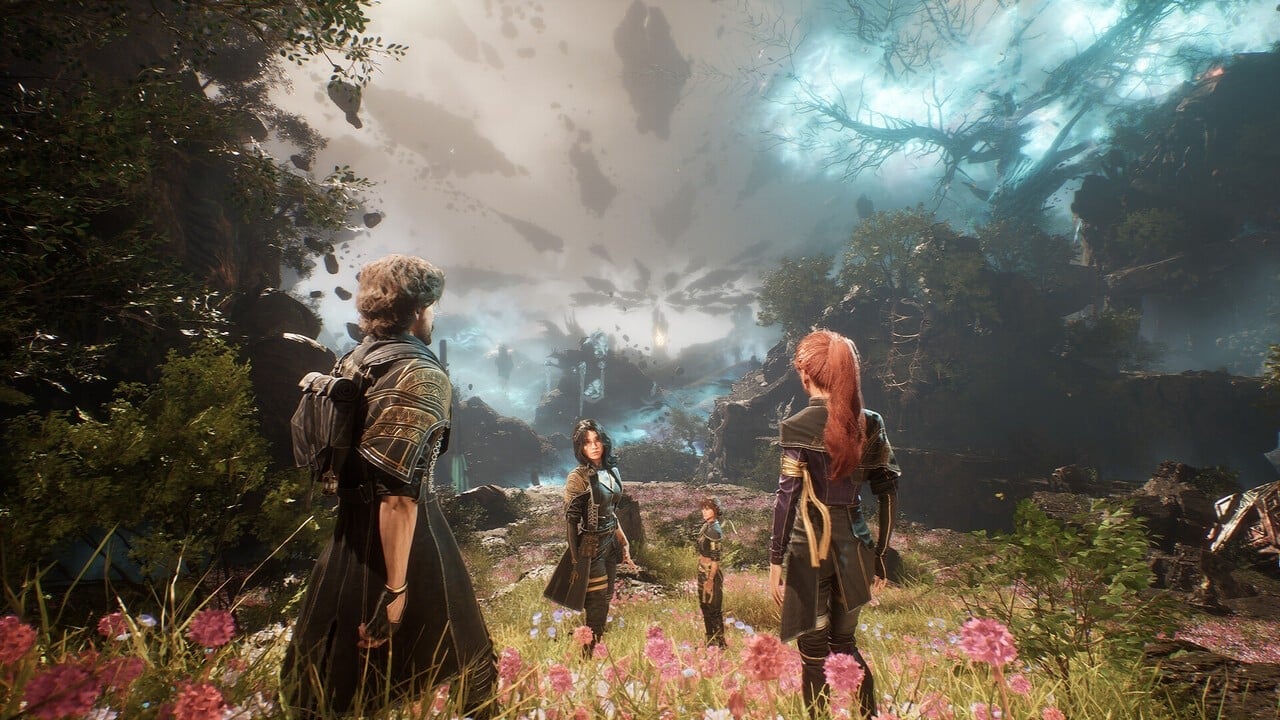

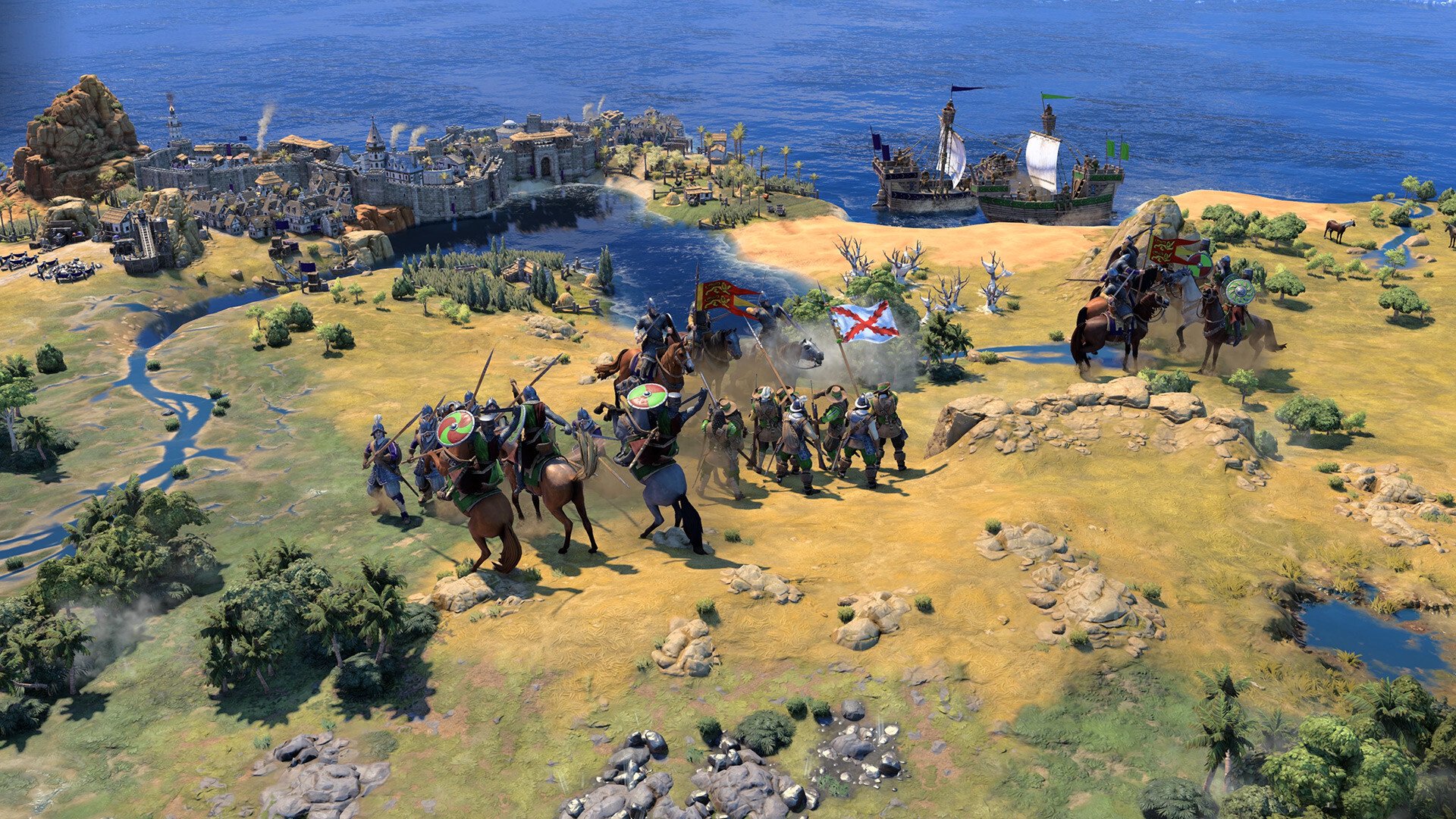
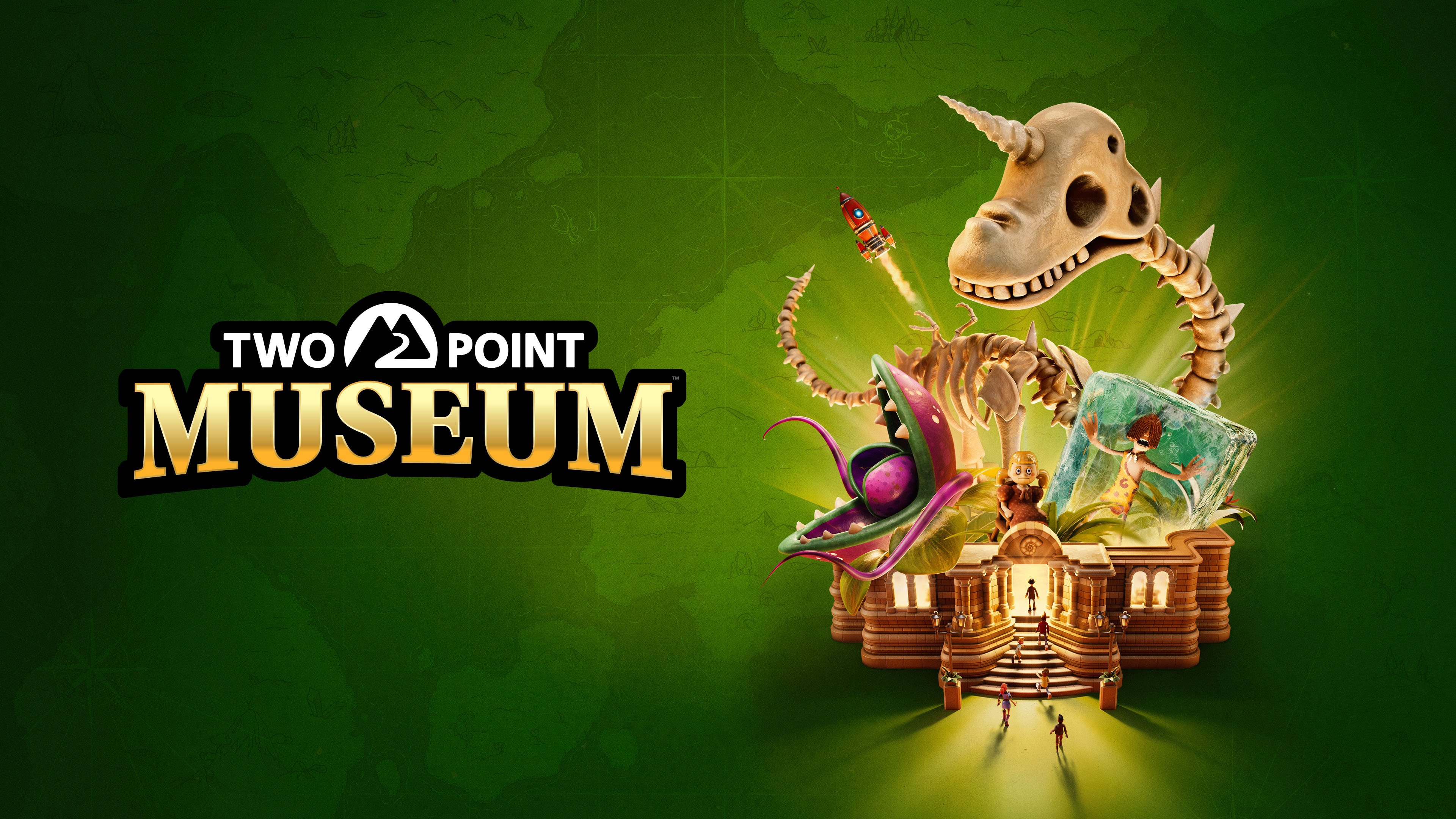
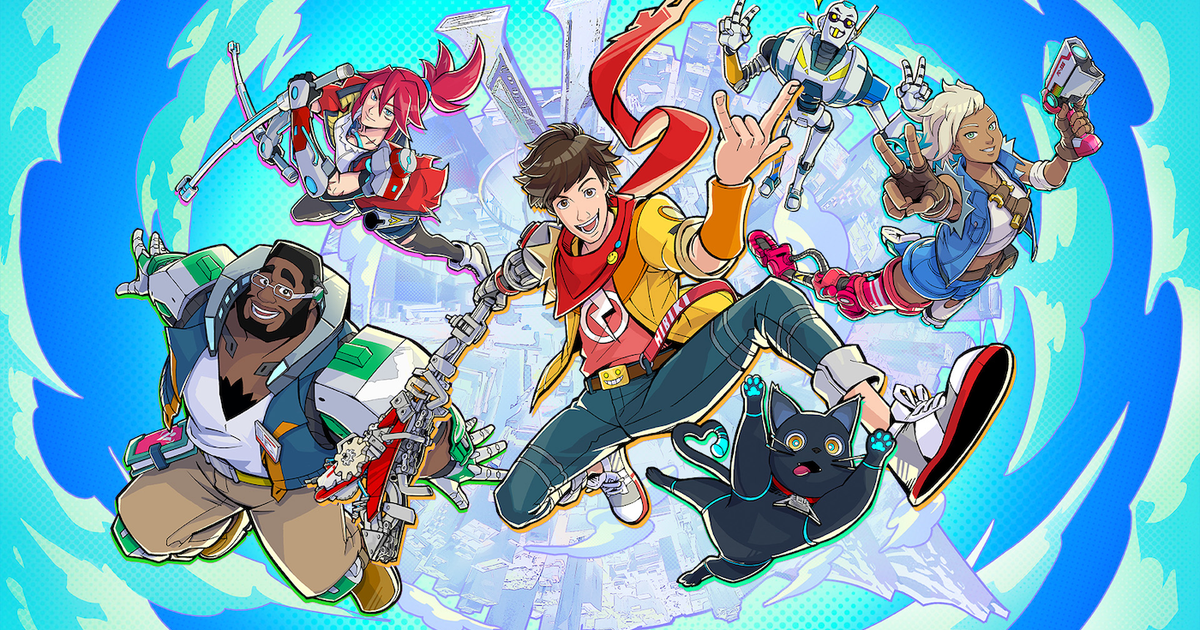
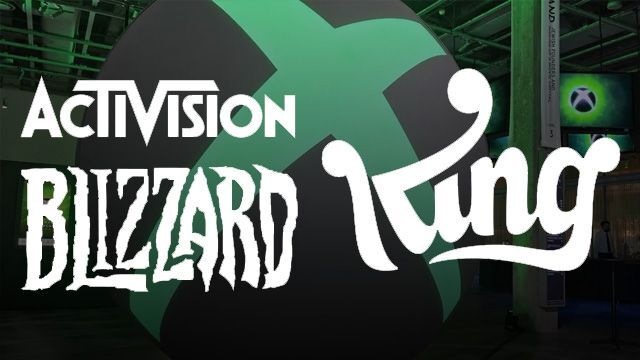
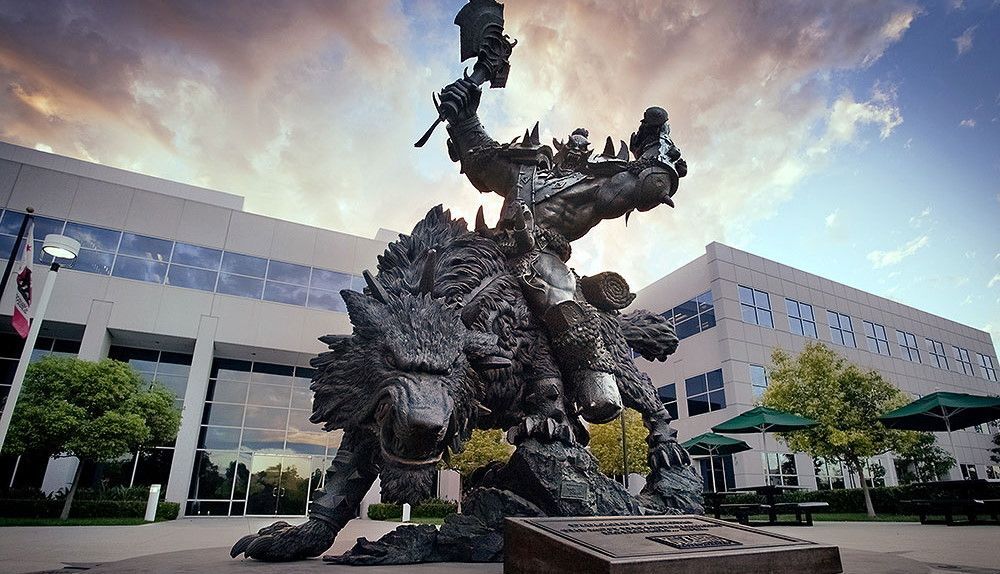
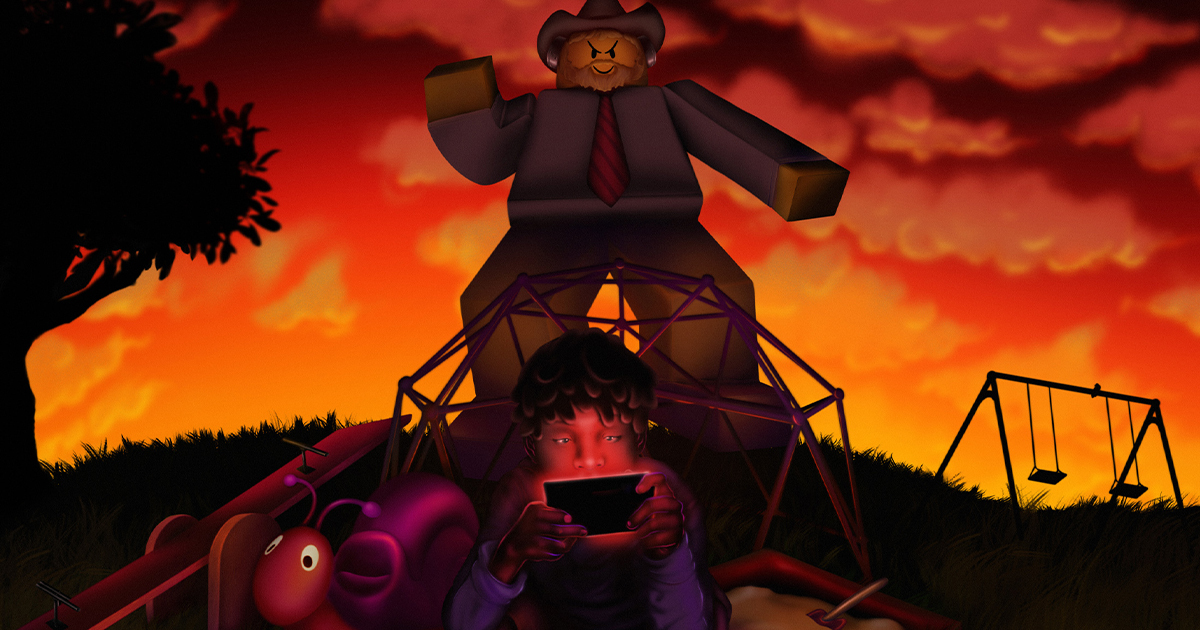
Ugh, I can already tell this is my deadline for my getting a GPU upgrade.
Hopefully the switch to a third-party engine means I won’t have to wait a year after release like I did with CP2077. I imagine this game has to be super important to Epic.